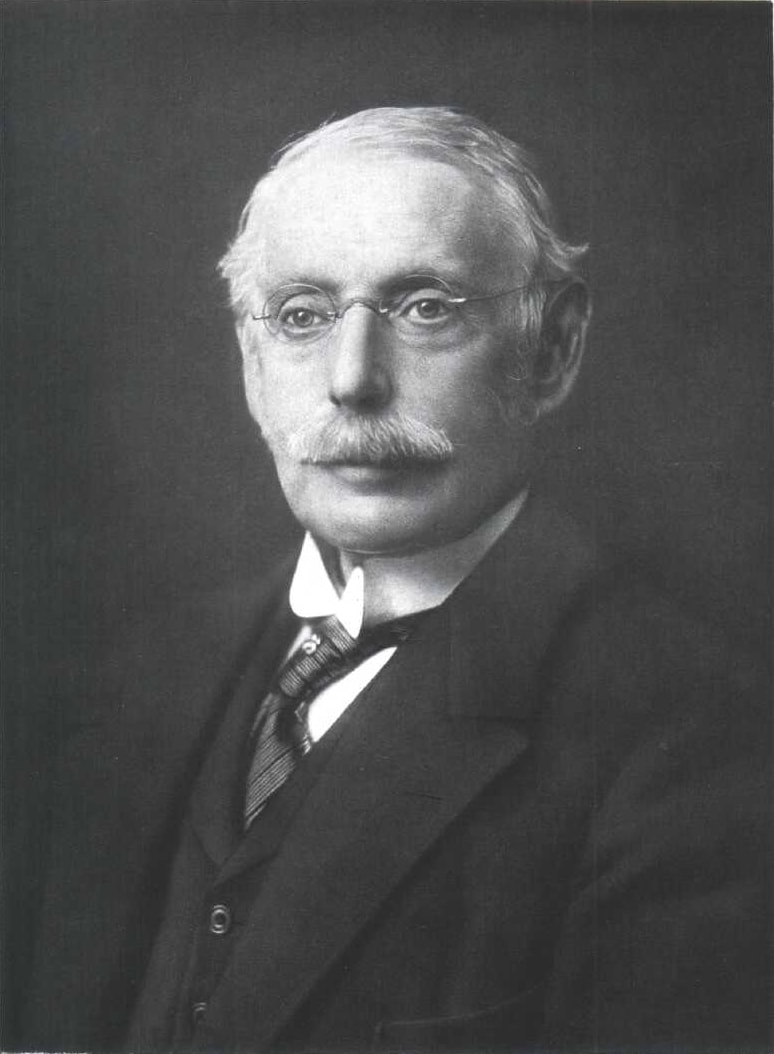Mummies in Missouri (5)
|
Kansas City (1)
One mummy Kai-i-nefer (2004.11)
Adult male Late Period, 27th-31st Dynasty, 525-332 B.C.E. 5 feet 1 inches tall Acquired in Egypt by Reverend William Arthur Shelton (1875-1959), Atlanta, GA, 1920-1921;His gift to Emory University, Atlanta, GA, 1921-2004; Purchased from Emory University, through Sands of Time, Inc., Kemah, TX, by The Nelson-Atkins Museum of Art, Kansas City, MO, 2004 through the generosity of Jean H. Deacy. They also have a beautifully impressive but unrelated burial equipage of a woman named Meret-it-es. Probably found in Hermopolis Magna; Sayed Mohammad Khashaba (Pasha), Assiut, Egypt By inheritance to Osman Sayyed Khashaba, Assiut, Egypt, 1953-1972; Purchased from Khashaba, through Ahmad Fahmi Ali Fahmi, Cairo and Hagop Ohan Simonian, Cairo, by Münzen and Medaillen A.G., Basel, 1972; Purchased from Münzen and Medaillen A.G. by Michael Emil, by 1976-December 31, 1998; Purchased from Emil by Millenium Art Holdings Ltd., Jersey, Channel Islands, December 31, 1998-September 30, 2005; Purchased from Millenium Art Holdings Ltd. by the dealers Noele and Ronald Mele, Westport, CT, September 30, 2005-2007; Purchased from Noele and Ronald Mele by The Nelson-Atkins Museum of Art, Kansas City, MO, 2007. Article in the Journal Star about the burial equipage of Meretites St. Louis
St. Louis Science Center
Mummy of a boy from the Roman Period (40 B.C.E.-130 C.E.). Name unknown. Acquired in Egypt in the early 1900's by a Missouri dentist. Reported to have been put out on the porch on Halloween nights. Donated to the Science Center in 1985. He was seven to eight months of age at death (based on teeth and ossification). He was the child of a well-to-do family. The mummy bears traces of gilding on the face and is wound in eight layers of linen bandages and shroud. Anne Bancock Ph.D., a geneticist places him in Haplogroup H, making him of Western European ancestry. An extensive 3D CT scan was made of him in 2006 by the Mallinckrodt Institute of Radiology and is on view at the exhibit. He is currently the most extensively studied child mummy in the United States, and the subject of the most extensive scientific study conducted on a child mummy. The St. Louis Art Museum (3)
Admission to the Museum is free every day. The museum displays three mummies. One, Amen Nes-tawy nakht is owned by the museum, while the other two, Pet-Menekh and Henut Wedjebu are on long-term loan from The Mildred Lane Kemper Art Museum at Washington University. These mummies were CT scanned in October of 2014 in preparation for a 2016 re-installation. Story and video here: https://news.wustl.edu/news/Pages/27569.aspx 1. Amen Nes-tawy nakht (109:1989): Male priest, Third Intermediate Period Dynasty 22
Linen, plaster, pigment. Gift of Mr. & Mrs. Barney Ebsworth, "for the children of St. Louis." Son of Pa-Di-Amenet. Grandson of Haty-Nakht. Mother not indicated. Excavated by "a french archaeologist" mid 19th Century. He entered the collection of Giovanni d'Anastasi, the Swedish-Norwegian Consul and Egyptologist. He was then sold at auction in 1857. X-rays show "great disturbance in upper chest cavity." He was mid-40's at death. Teeth/feet in good shape, with some arthritis in the knees. X-rays show a disk over the heart, and a cylindrical sack at the left side, probably embalming materials. |
2. Pet-Menekh: Male, Akhmim/ 4-3rd Century B.C.E.
Coffin: sycamore & plaster.
Pet-Menekh is wrapped in bandages that are inscribed with hieratic extracts from the book of the dead. These bandages have been covered with pitch in antiquity, obscuring most of the texts. The cartonnage covering of his mummy is complete and relatively undamaged consisting of, mask, torso and foot coverings. His painted wooden coffin is of standard Akhmimic type. This mummy was known to an earlier generation of St. Louisans as "the black-toed mummy" because the toes of the left foot were visible through the partially unwrapped foot covering. These toes are now missing, having disappeared on one of his many wanderings . Through the years he has been back to Washington University for a time, then to the University of Missouri in Columbia for restoration, until finally returning to SLAM. Mummy has been x-rayed. Belongs to Washington University in St. Louis, MO, on long term loan to the St. Louis Art Museum. Father: Nes-Min/ Mother: Setcha-irt-bin/ Titles: None listed. Said to be a priest, son of a priest, but not supported by inscriptions. History: Excavated in 1885 from the great cache of 800 or more coffined mummies piled high with their grave goods from the el-Hawawish necropolis. Then purchased by Charles Parsons during his Egyptian tour in 1880's. Subsequently bequeathed to Washington University in St. Louis 1896 with accession number: W.U. 3600, still visible in red ink on the right outer side of the coffin by the head. X-rayed in 1969 by T.W. Staple, MD at the Mallinkrodt Institute of Radiology at Washington University. They show three packets in-situ containing organs. 
Pet-menekh is covered with gods. And the cavalcade of gods depicted on Pet-Menekh's coffin can be quite bewildering. The goddess Isis is easily identified by the throne hieroglyph on her head and her outspread wings which dominate the chest area of the lid. Atop her wings are two standards upon which are seated the eight primordial gods of chaos. They are pictured with alternating frog and snake heads facing inward. The frogs on the right have blue painted heads and white bodies, while the snakes on the left have white painted heads and blue bodies. Each of the eight gods is equipped with what seems to be a knife poised on their knees. But which is which? Unlabeled, there is no way to differentiate them save as snake - female, and frog - male. Perhaps this is their order:
Frog - Amun (Hidden-ness) Snake - Amenet (Amun's female counterpart) Frog - Heq - (Eternity) Snake - Hequet (Magic) Frog - Nun (Nothingness) Snake Naunet (Nun's female counterpart) Frog - Kau (Darkness) Snake - Kauhet
|






